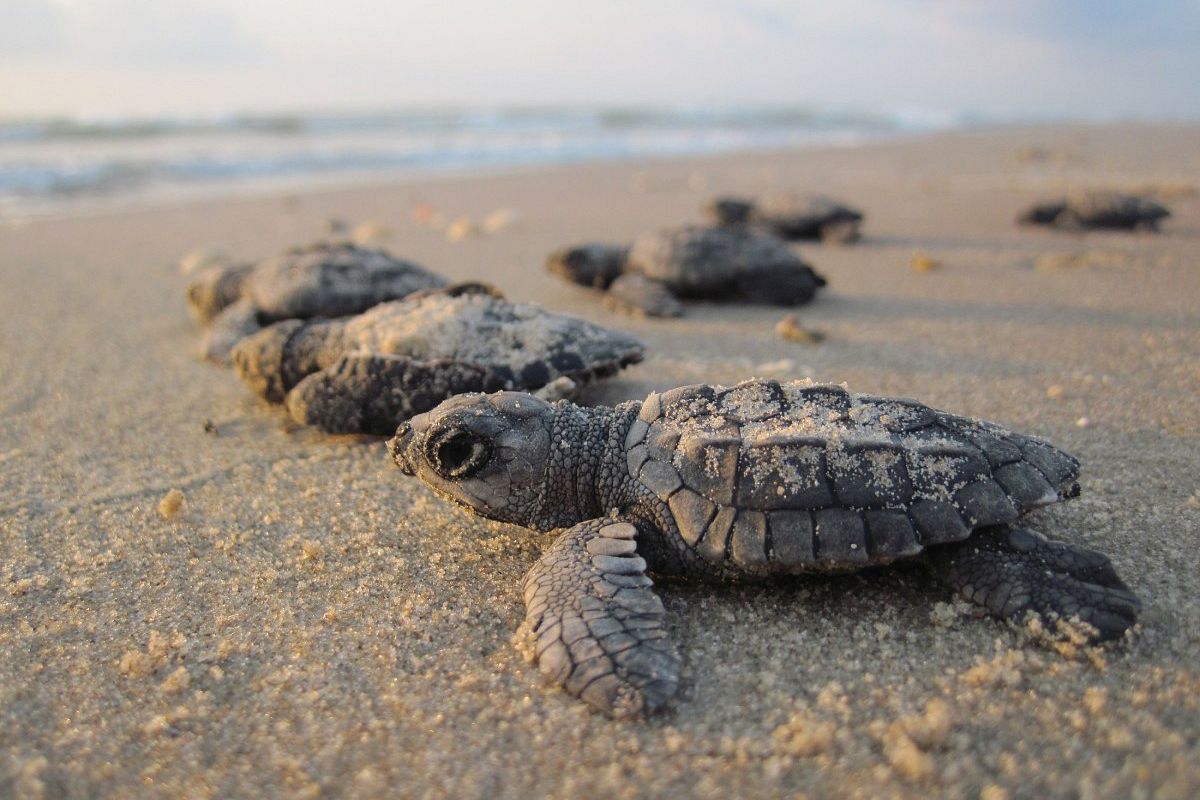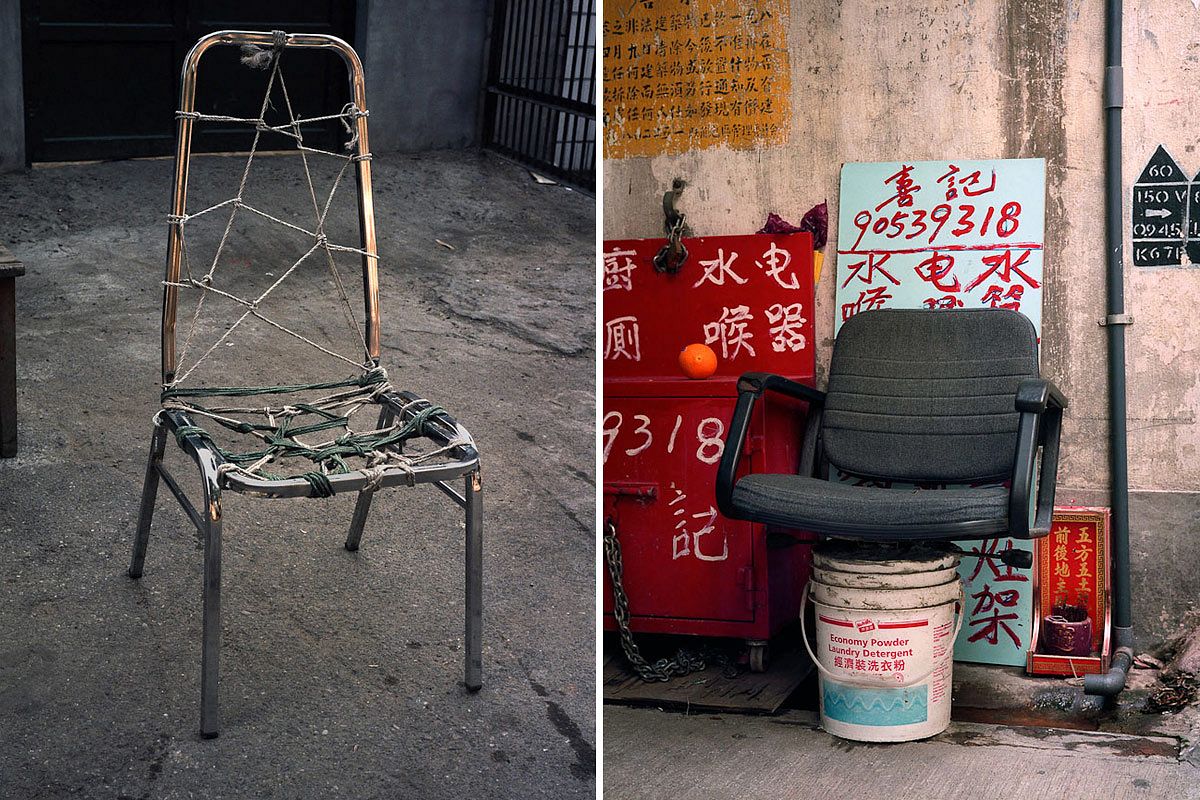Southeast Asia’s largest lake, the Tonle Sap in Cambodia, is under threat from dams, climate change and overfishing.
Known as Cambodia’s “beating heart,” the Tonle Sap provides work for more than one million people in the region, in addition to being a major attraction for visitors, according to Al Jazeera. With its health currently in jeopardy, drastic measures need to be taken in order to sustain the local flora and fauna, as well as the lives of those who depend on them.
Tonle Sap, which means “not salty big river” in Khmer, is a freshwater lake and river system in the lower Mekong River basin. The lake is connected to the river, and both merge with the Mekong Delta.
At the recent International Symposium on Flood pulse Ecosystems, researchers gathered in Siem Reap to discuss the visible effects of dam construction, as well as climate change and overfishing in the region.
University of South Florida Professor Mauricio Arias, a leading regional hydrologist, told the Phnom Penh Post: “We talk about how climate change will affect [the lake], or how the dams will affect [the lake], but we’re already seeing those changes happening.” The Upper Mekong currently features three dam construction sites, while 27 tributary dams are planned for the Lower Mekong. Six other dams have already been completed on the river.
Arias added: “We’re going from a wild Mekong to a closed river system that’s boring and dead.”
The most unique feature of this system is its annual flow reversal. With the monsoon season's heavy precipitation, the lake swells and feeds surrounding plant life. Once the rains stop, the Mekong shrinks and the Tonle Sap reverses its flow to pour back into the river. Six months a year it flows northwest, and the other six months it flows southeast to the river.
“Any change in the health of the lake can impact the fate of the country,” explained Conservation International (CI). One hectare of water can provide up to 240 kilograms of fish but, thanks to the dams, fish populations struggle to recover from fishing.
CI suggested that this has severe consequences. With the fish that used to eat mosquitoes gone, the human population is far more susceptible to mosquito-borne diseases like malaria and dengue fever. Without fish to help disperse the human waste that goes into the water, incidents of diarrhea and dysentery are also spiking. In order to pay their medical bills, fishermen resort to illegal overfishing practices. This, coupled with climate change and droughts that have caused forest fires, leaves the Tonle Sap in a very challenging situation.
A quick look at a map of dams in the region shows that the problem is not strictly Cambodian. Many of these dams are in neighboring countries, meaning that only a regional solution will bring back the health of the Mekong and its surrounding ecosystems.
[Photo via North Country Public Radio]














